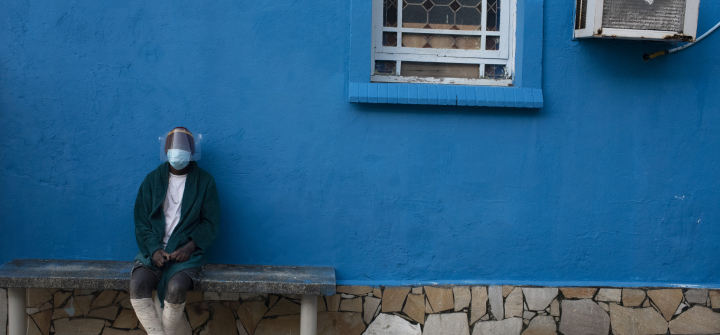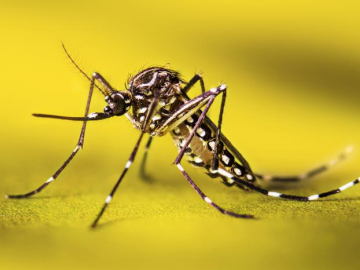Neglected Tropical Diseases: Integrate to Eliminate
Neglected tropical diseases affect 1.7 billion people worldwide. The pathogens that cause everything from river blindness to leprosy and rabies continue to defy national and global elimination plans in many parts of the world.
In recent years, however, much progress has been made in reducing the prevalence of neglected tropical diseases. 47 countries eliminated at least 1 NTD, and NTD programs have performed better last year than in 2021, according to the WHO. The progress made so far is a testament to the power of collective action, but significant challenges threaten to reverse the progress. Services for NTDs were the second-most disrupted essential health services by the pandemic, and they suffered the most severe disruptions.
Climate change will increasingly lead to the emergence and re-emergence of multiple NTDs, posing a major risk for communities. Infectious diseases like NTDs are highly influenced by climatic change: Even small climate fluctuations can greatly increase transmission and spread, with potentially devastating effects. The changing climate will also disrupt temperature and rainfall patterns, exacerbating poverty and displacement, increasing the risks of NTDs.
This year’s World NTD Day is an opportunity to revitalize the way we tackle NTDs and catalyze better, more efficient, and bolder strategies.
What do these approaches look like? A promising jumping-off point is to mainstream NTDs within health care systems and primary health care services while promoting country ownership and accountability, according to WHO's NTD road map 2021-2023. Another opportunity is cross-sector coordination such as with water, sanitation, and hygiene for disease prevention, cited by WHO as one of the key interventions in tackling 18 of the 20 NTDs.
We must recognize the intimate connection between individuals’ health and the interlinked events across the globe and make way for the promotion and adoption of cross-disease, cross-border, multi-stakeholder, and multi-sector approaches to innovatively control, eliminate, and eradicate NTDs. Working across health programs will be key to bringing NTDs out of isolation and will allow for those programs to learn from each other, leverage synergies, and increase the effectiveness and reach of scarce resources.
Until now, approaches to address health and climate emergencies have remained largely siloed partly due to the lack of knowledge and guidance surrounding the health impact of climate change. And the existing literature on this intersection has been insufficient to guide policy development.
It is for this very reason that, earlier this year, GLIDE launched the Falcon Awards for Disease Elimination – The Climate Edit. This global initiative aims to expand the evidence base on the intersection of disease elimination and climate. The awards provide catalytic support to researchers around the world examining new and under-explored areas of the links between climate change and infectious disease, including issues created and exacerbated by the intersection of these global challenges.
The elimination of NTDs is feasible, especially with integrated approaches within and outside the health sector. The NTD road map emphasizes the importance of integrating NTD programs and establishing links with other sectors such as education, nutrition, WASH, animal, and environmental health. The approach calls for actors across all sectors and geographies to engage in ways that facilitate collaboration, stimulate innovation and continued investment and, finally, preserve the commitment to delivering a world free of NTDs.
Simon Bland is CEO of the Global Institute for Disease Elimination (GLIDE).
A leprosy patient sits outside the abandoned Curupaiti Colony Hospital in Rio de Janeiro on November 21, 2021. Fabio Teixeira/Anadolu Agency via Getty Images




